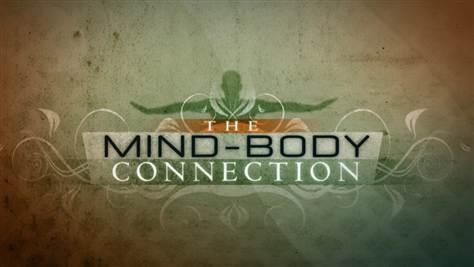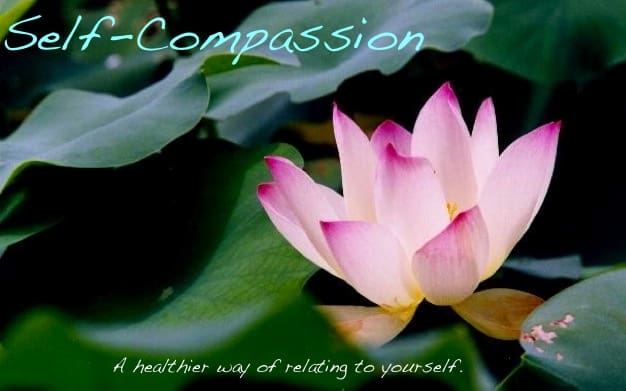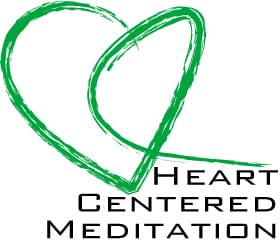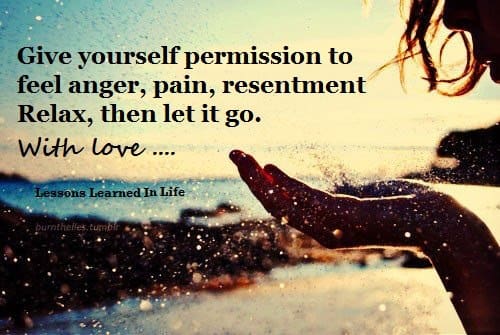The Healing Power of Forgiveness, Part 2: The How-To’s of Forgiving

In Part 1, I described how both ancient wisdom and modern science teach us that holding anger can cause disease and that freeing ourselves from anger’s grip can heal us.
Here in Part 2, are the how-to’s: how to access and feel the feelings; how to shift the feelings; how to experience forgiveness.
Reflecting again on the current events that inspired this piece, much talk about both the Charleston church shooting and the Boston marathon bombing centered on forgiveness. Op-ed pieces and media interviews were plentiful, and quite a few discussed the need for forgiveness. I happened upon one salient and contrasting response to all this talk about forgiveness: the writer strongly suggested that forgiveness cannot come so easily. And that it’s a process. That honoring the suffering and pain was first necessary in order to forgive.
I’m of the same mind: first we need to honor and allow the feelings of suffering, of pain, of anger, before we can begin to forgive. It is, indeed, a process.
Allowing the feelings is the first step to healing.

Here are the steps of this process:
- Allowing the feelings
- Compassion and understanding for self and others
Forgiveness, being able to forgive, is the natural and usually effortless result of this process.

A little background
Knowing a little bit about the mindbody connection is helpful. Thoughts and feelings are not separate from the physical body; they result in instantaneous effects and changes in the physical body. We cannot heal thinking, we cannot heal emotions, without involving the physical body.

The following “how-to’s” are techniques that accommodate the completeness of our mental and emotional experiences: acknowledging thoughts and feelings, and also, working with the body, where thoughts and feelings are imprinted.
How to begin the process: we start with our thoughts and feelings, and then move to the physical body.
The first exercise is a journaling process, to explore the feelings of anger, and/or its relatives, resentment, frustration and/or irritability. Often, underneath the anger is fear and/or grief, and/or shame, or other feelings. Anger can be a strong and protective overcoat, yet it can be this cloak that keeps us from going deeper, allowing for healing. Anger is also an emotion that we may have trouble allowing and honoring, because of what culture and society may have taught us about this emotion. Keep in mind that all feelings are normal and natural, and allowing them, with compassion and understanding for ourselves, is the first stop to healing


The exercise: journaling to access anger emotion
- Get 3 sheets of paper.
- On the 1st sheet, make a list by number, of everyone/everything you feel or have ever felt angry towards. Don’t judge yourself. Be exhaustive; don’t limit anything.Go back to your childhood, to any memories of feeling angry toward your parents, siblings or friends. Consider other close relationships, past and present. Your spouse, children. Other family members, close friends, colleagues.Beyond individuals, consider institutions, political, social issues – anything and everything that might elicit feelings of anger.You may not be aware of these feelings now. But if the feelings come to mind when thinking about people, the past or circumstances, remembering means the emotion still exists vibrationally in your bodymind, and is held in the physical body.Most importantly, suspend any judgments. Don’t feel any “shoulds” about the process. Know that feelings are normal and natural aspects of our humanness.
- On page 2, for each number listed on first page, write the reason “why, ” or explain the circumstances. Be as detailed as possible.
- On page 3, for each number listed on the first page, answer the question: “How did it make me feel.”This may seem self-evident. However, don’t write merely “angry.” Rather, go within and find a deeper feeling. Perhaps it could be feeling misunderstood, or hurt, or fearful, or worried. Or something else.

The second exercise is a mindbody exercise: accessing anger in the physical body.
To prepare, find a quiet place where you can be uninterrupted, comfortable and at ease. Either sitting or lying down. If you’re wearing a watch, remove it. Make sure your clothes are loose around the waist, for easy, relaxed abdominal breathing.
The 7 Steps to Accessing Anger in the Body
- Close your eyes and start focusing on the breath. Notice the breath as it goes in and out through the nostrils. Allow the belly to expand on the inhalation, and to gently return on the exhalation. Do this abdominal breathing for several minutes.
- Begin to think of the sources of your anger (or its cousins: frustration, resentment, or irritability.) Bring to mind anyone, anything, everybody, every thing. It might be a person, or people; it might be circumstances, or incidents. Imagine filling your forehead with all of these thoughts. (Don’t worry, this won’t make it worse…it’s part of the process of allowing and then shifting.)
- Now, returning to your breath awareness. Check in with your physical body, and notice where you sense these feelings in your body. You may feel them as an awareness, as a sensation, as a discomfort. You may feel them in one place or more. Many people feel the anger emotion in their neck or jaw. You may feel it elsewhere. Or you may not localize the feelings at all, but rather have a general all over bodily sensation. Whatever you experience is unique to you, and normal for you.
- When you’ve noticed where the feelings are, breathe into that place or places; or into the whole body, if it’s a generalized sensation.
- Continue breathing into the body. Don’t try to make the bodily awareness or sensation go away or change it in any way. Just be with it. Continue this for several minutes.
- When you feel ready, return to the breath awareness. Be aware of the gentle rising of the belly when you inhale, and the gentle return when you exhale. Continue for a while.
- Return to the activities of your day, slowly and gently. Or consider a rest, or even sleep, after this exercise. It can elicit deep shifts, and allowing time to rest can support these.
Step 2 of Forgiving: Compassion and Understanding for Self and Others
In order for us to truly forgive, we must have compassion for both ourselves and for others, for those by whom we may feel hurt or offended. But, as above, we need to honor and allow our feelings first. It’s hard to have compassion when we’re still angry, or suffering, in pain in any way.
This honoring and allowing of feelings reflects compassion and understanding for ourselves.

Compassion and understanding for others can come next.
Drawing from contemporary contemplative traditions and mindbody medicine, here are several tools to support doing so:
First, using the rational, thinking mind, reflect on the following:
- Consider that the source(s) of your anger suffers deeply, too. Even if unaware.
- Consider that many lack enlightened wisdom, and often their actions are based on ignorance, a lack of understanding of self, of others, the nature of relationships, and life processes.
Next, experiment with a mindfulness technique, a heart-centered meditation: prepare as before. Be in a quiet place, allowing for your physical comfort and ease.

- Close your eyes and start focusing on the breath. Notice the breath as it goes in and out through the nostrils. Allow the belly to expand on the inhalation, and gently return on the exhalation. Do this abdominal breathing for several minutes.
- Focus your intention on your heart center. Breathe into your heart center. Exhale our through your heart center. Put an image of yourself there. Breathe into your heart center. Exhale out through your heart center. Continue for several minutes.
- Now bring to mind the source(s) of your anger (or related feelings.) Breathe into your heart center. Exhale out through your heart center. Put an image of this person/people in your heart-center. Breathe into your heart center. Exhale out through your heart center. Continue for several minutes.
- Return slowly and gently to breath awareness. Continue for several minutes.
- Return slowly and gently to the activities of your day.
Some final thoughts: continuing work with this process
Feelings are always coming up for us. Be mindful that anger is an important feeling to honor, that it may be a sign that we are needing something that we are not getting, and also, that underneath the anger may be deeper feelings that need attention.
Check in with yourself, your feelings, by slowing down, getting still, and experimenting with some or all of the above.
It can be helpful to work with these tools whenever you’re feeling that anger is present and not easily transiting. Also and often, we can be holding anger energy but quite unaware. Thus, it can be helpful to work with these exercises even if we’re not actively feeling the feelings; we can bring them up to the surface this way, allowing for shifting and release.

In conclusion
Wishing you well-being in all ways, and freedom from any feelings that may be causing discomfort. Remember, your tools for healing lie within, and they can shift feeling states easily and quite swiftly.
As always, I welcome feedback. Please feel free to reach out with comments or questions.
Dr Muehsam